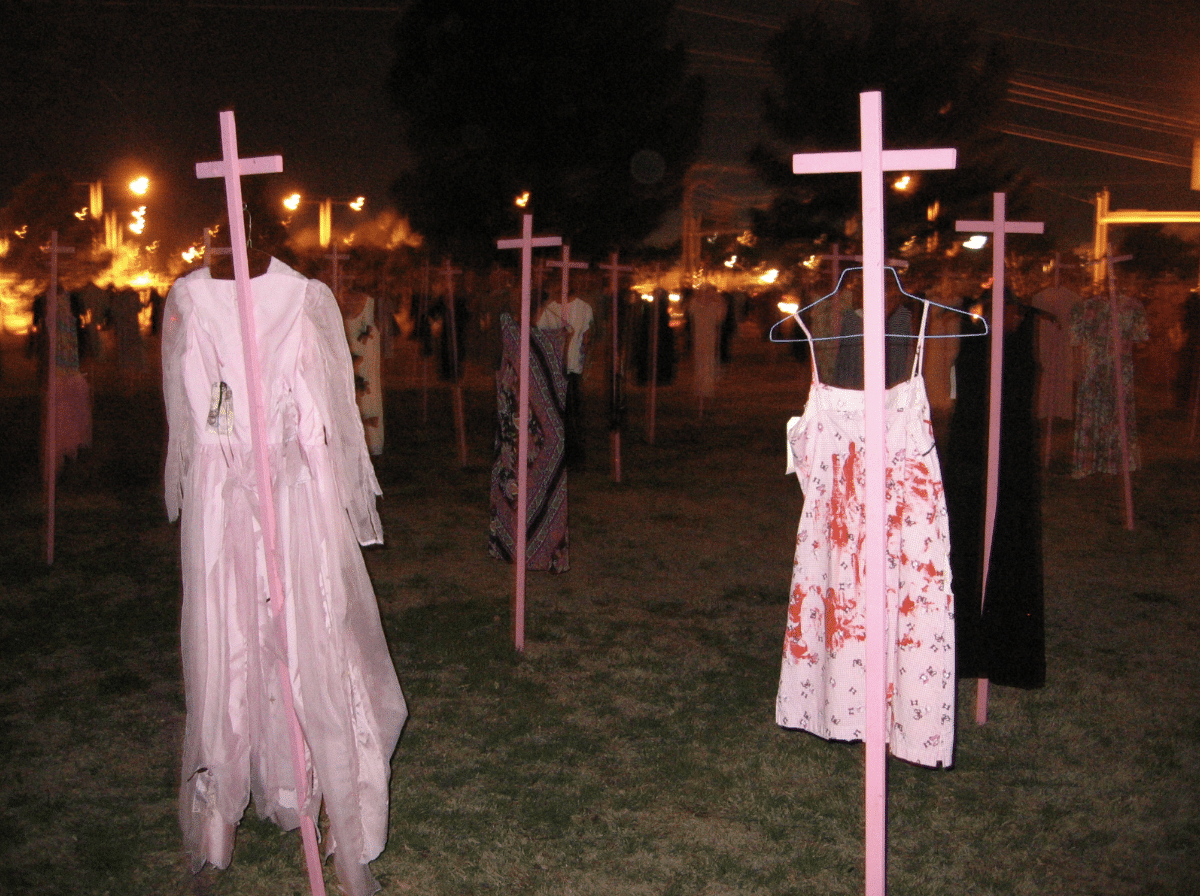Photo: Flickr
Despite being the most extreme form of violence against women, femicide remains gravely underreported and underexposed. Although femicide occurs all over the world, the issue has recently received much attention in the Western Balkans, where at least 106 women were killed during 2020 and 2021. In practice, this figure is likely to be much higher, as many cases of femicide are not reported as such. Dramatic cases of gender-based violence in 2023 again spurred new societal debates.
What is femicide?
Femicide is defined by the United Nations as an intentional killing with a gender-related motivation. These motivations may include stereotyped gender roles, discrimination, unequal power relations between women and men, and harmful social norms. As the phenomenon is frequently related to domestic violence, perpetrators of femicide are often intimate partners or other family members of the victim. Regardless of its severity, femicide is often portrayed as a sensational family drama, a crime of passion, or an isolated incident, obscuring the systemic issues and misogyny that contribute to its prevalence.
The problem of femicide in the Western Balkans
Femicide, which predominantly happens at the victim’s home, is an alarmingly frequent occurrence in the six countries that make up the Western Balkans. In various instances, communities in these countries are plagued by a patriarchal culture in which “macho”-behaviour is misused and is plaguing principles of marriage and honour. Most cases take place in Serbia, where little policy is in place to protect women from femicide. Authorities fail to act upon signals of possible femicide – many Serbian perpetrators of femicide already have a history of criminal behaviour related to (domestic) violence or illegally possess firearms. Similarly, Montenegrin authorities fail to act properly upon previous reports of violence made by the victim.
Although Serbia is the country in which most cases of femicide in the Western Balkans occur, Albania and Bosnia and Herzegovina also face high rates. In Bosnia and Herzegovina, women who have recently left their partner, asked for a divorce, or announced to leave a common household, are at high risk of femicide. This was proven once again when a Bosnian man murdered his ex-wife on August 11 during an instagram livestream.
Protests and calls to action
As a consequence of the worrying trends surrounding femicide in the Western Balkans, there have been multiple public actions to address the issue. Around late 2022, protests erupted in Bosnia and Herzegovina following the murder of a 32-year old woman in yet another case of femicide. Protesters asked for femicide to be called by its real name, for a legal definition of femicide as a criminal offence, for better prevention of femicide, and for longer sentences for its perpetrators. In addition, in March 2023, following the prevailing underreporting of femicide, civil society organisations representing various Western Balkan countries decided to start monitoring femicide and gender-based violence court cases. Furthermore, just two weeks ago, an Albanian woman, who was under court-ordered protection, was murdered by her ex-husband, leading to the Albanian Ombudsman publicly responding by ordering the authorities to better ensure women’s safety. Moreover, at the beginning of the month in Kosovo, citizens protested in front of the Kosovar court to demand long sentences for a femicide case which was to be handled that day. After the perpetrator was sentenced to life in prison, President Vjosa Osmani responded by saying that “the authors of femicide deserve capital punishment. Let this serve as a message to all those who chose violence against women as a tool. Violence will not be tolerated. Femicide will be stopped.”
The required solutions
Despite femicide being a highly alarming problem in the Western Balkans, some steps have been taken in the right direction. For instance, Serbia developed a strategy for preventing and combating gender-based violence against women for until 2025. Furthermore, in late 2022, together with Albania and Montenegro, Serbia launched an interactive map which displays and describes femicides committed since 2020.
However, it is evident that the current measures against femicide are far from satisfactory. There is an urgent need to increase awareness on risk factors and protect women accordingly. Although prevention is better than cure, serious legal recognition of femicide is also necessary to deliver justice to its victims. In addition, there is a strong need for raising public awareness on the issue of femicide, in order for all members of society to be able to recognise its risk factors and be able to publicly protect those who are most vulnerable to it. An important factor in raising awareness is the media reporting femicide cases in the right way, by calling a spade a spade, and not depersonalising the victim.
Nonetheless, the issue of femicide is not to be solved by a few measures. Femicide is a deep-rooted problem which stems from systemic issues such as gender inequality, misogyny, patriarchy, and transphobia. Therefore, substantial cultural changes are needed to structurally fight femicide. For example, through feminist reforms in education, institutions, and governance. It goes without saying that women should be safe in their own homes and not face the threat of losing their lives because of their gender. The required steps to combating femicide seem big for governments in the Western Balkans – and beyond – but these are pivotal in breaking through male-dominated narratives, finally ensuring human rights and gender equality
In this article, the word ‘woman’ refers to people who identify as women, regardless of whether this was assigned to them at birth.
Written by Luna Sent



